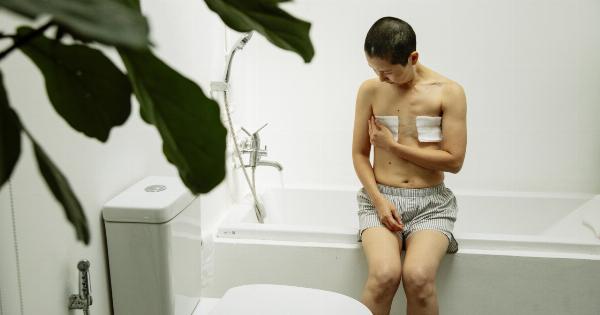One of the most important steps in early detection of breast cancer is regular mammography screening.
While there is no one-size-fits-all approach to mammography frequency, it is especially important for women with dense breasts to stay up-to-date on their screening schedule. In this article, we will explore the recommended mammography frequency for women with dense breasts and why it is so important.
Understanding Breast Density
Breast density refers to the amount of glandular and connective tissue in the breast compared to the amount of fatty tissue.
Dense breasts have a higher percentage of glandular and connective tissue, which can make it harder to detect breast cancer on a mammogram. This is because both breast cancer and dense tissue appear white on a mammogram, making it more difficult to distinguish between the two.
It is estimated that about 40% of women ages 40 and older have dense breast tissue. Women with dense breasts are not necessarily at a higher risk of developing breast cancer, but it may be harder to detect breast cancer in its early stages.
This is why regular mammography screening is so important for women with dense breasts.
The Recommendation for Mammography Frequency
The American Cancer Society currently recommends that women with an average risk of breast cancer begin annual mammography screening at age 45. For women with dense breasts, some experts recommend starting screening earlier, such as at age 40.
It is important to discuss your individual risk factors and screening schedule with your healthcare provider.
After age 55, the American Cancer Society recommends switching to mammography every two years or continuing with yearly screening. Again, it is important to discuss your individual risk factors and screening schedule with your healthcare provider.
Other Screening Options
In addition to mammography, there are other screening options that may be recommended for women with dense breasts. These include:.
- Breast ultrasound: This imaging test uses sound waves to create images of the breast tissue. It can be useful in detecting breast cancer in women with dense breasts.
- Breast magnetic resonance imaging (MRI): This imaging test uses magnetic fields to create images of the breast tissue. It can be especially useful for women at high risk of breast cancer, including those with dense breasts.
- Clinical breast exam: During a clinical breast exam, a healthcare provider will feel for lumps or other abnormalities in the breast tissue. While it is not as reliable as mammography or other imaging tests, it can be a useful part of breast cancer screening for women with dense breasts.
Conclusion
Regular mammography screening is an important part of breast cancer detection and prevention. It is especially important for women with dense breasts, as it can be harder to detect breast cancer in its early stages.
If you have dense breasts, it is important to discuss your screening schedule with your healthcare provider. Other screening options, such as breast ultrasound or MRI, may also be recommended.
Staying vigilant in your breast health is an important step in early detection and prevention of breast cancer.
Talk to your healthcare provider about your individual risk factors and screening schedule to ensure that you are getting the best care possible.























